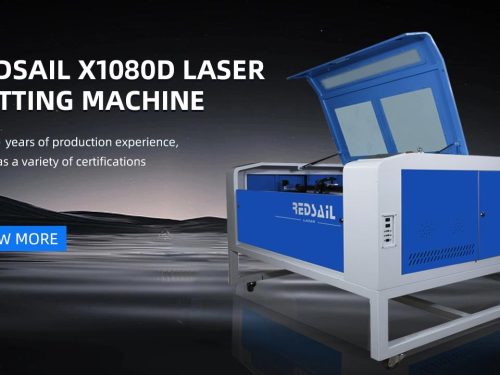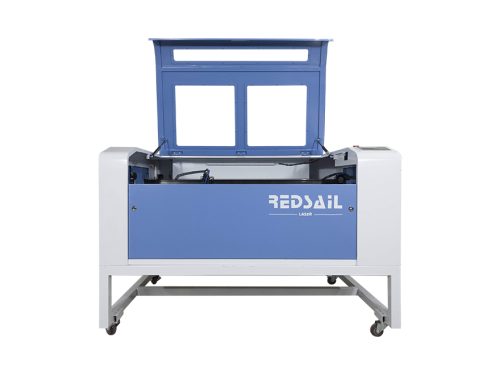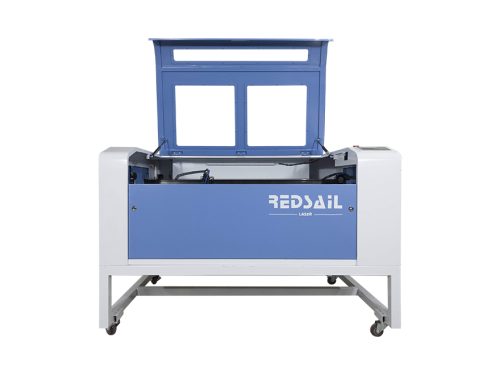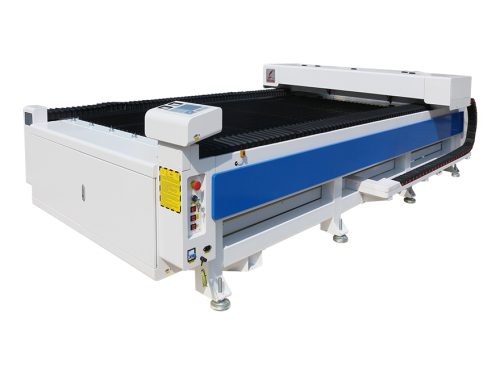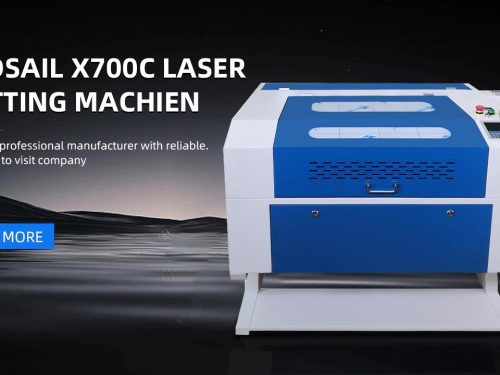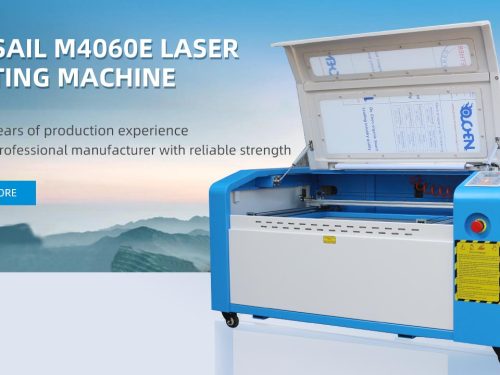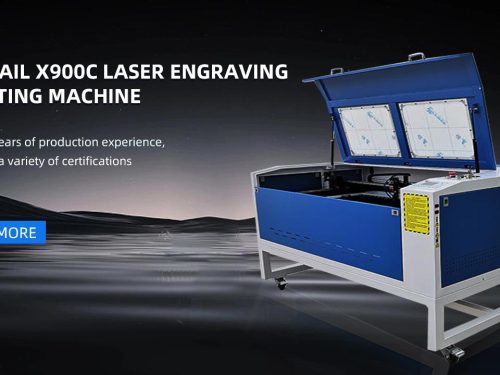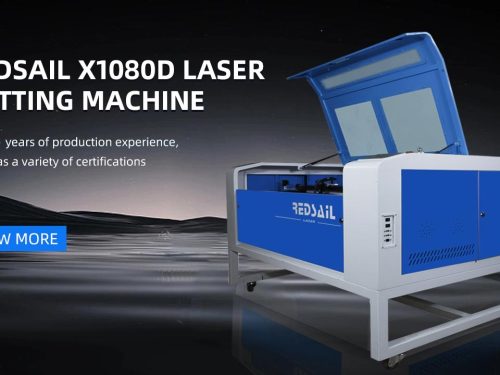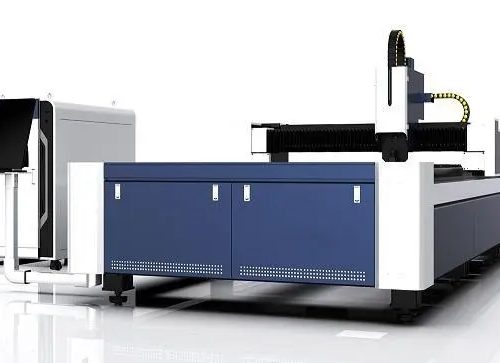
We have summarized the following 7 factors that affect the effectiveness of laser metal cutting process. Note that these listed aspects will help improve your cutting quality. Let’s go into details.
Metal conductivity
The effectiveness of the cutting process is related to the metal conductivity.
If the thermal conductivity is high in materials such as aluminum, a lot of energy will be transferred to the material laterally, which will lead to low cutting efficiency and reduced cutting speed. In general, if the energy is transferred to the material ineffectively, the efficiency of the cutting process will be reduced.
Metal composition
The material composition has greater influence on laser processing.
For example, the carbon content is conducive to combustion, and high carbon steel will burn rapidly when contacting with the laser beam.
Carbon steel may contain many elements with different melting points compared to more homogeneous materials.
During heat treatment, random reaction may occur due to element changes and surface conditions of materials. These surface conditions include scale, coatings, dirt, and surface impurities.
Metal quality
Laser processing is sensitive to metal quality.
The metal surface condition will greatly affect the cutting quality.
① The surface impurities on low-grade steel have high reactivity to heat treatment, especially when oxygen is used as cutting gas.
② In the cutting process, the oxide skin on the hot rolled steel surface is easy to melt with the metal, resulting in an undesirable finish.
③ If the metal surface is not smooth, the auxiliary gas and laser focus can be changed, thus affecting the cutting quality.
The absorptivity of laser in metal The absorptivity of materials at 10.6 microns will also affect the laser cutting performance. Due to its reflectivity, it is difficult to cut copper with laser.
The surface tension of the liquid metal will affect the degree of scum adhering to the edge of the part. If the viscosity is thin, the slag will be blown away. However, if it is too thick, the slag will adhere to the material, usually raising the temperature of the part. In this case, a secondary treatment may be required to get rid of recasting.
Part geometry
The more complex it is, the more difficult it is to maintain a constant cutting speed.
Affected by heat treatment, corners or smaller areas of parts absorb more heat. As a result, the possibility of thermal runaway or violent reaction (such as bursting) increases.
When cutting curves, it is more effective to accelerate the laser to prevent parts from overheating and edge quality degradation.
Pulsed lasers, rather than using continuous wave jet or drilling, are one way to avoid thermal problems.
Parameter setting
Nozzle size, power, optical focus, auxiliary gas, air pressure, speed and focus can all affect the laser metal cutting process.
When the combination is correct, the speed of laser metal cutting can be several times faster than other cutting methods.
However, if they are not set correctly, the metal cannot be cut.
For the same material, the parameters are usually very broad. The requirements for surface finish, tolerance, heat affected zone (HAZ) and flatness will greatly change the parameters.
Check how to adjust the parameters of the optical fiber laser cutting machine according to the cutting effect?
Setting parameters can be time-consuming.
Keep records and use reliable database of known materials, specifications and conditions, which can greatly save setting time and improve cutting efficiency.
By scheduling similar jobs to run together, you can greatly reduce setup time.
drill hole
Although the laser can drill holes very quickly, bursting may occur during drilling.
How to avoid blowout during drilling?
① Changing the parameters to switch a CW laser to a pulsed wave laser will reduce the possibility of bursting when piercing metal.
② Deflagration can also be reduced by reducing the air pressure to a level that still allows combustion.
③ Controlling the focus of the laser and cleaning the material surface to remove oil and dirt is also important to prevent spraying.

